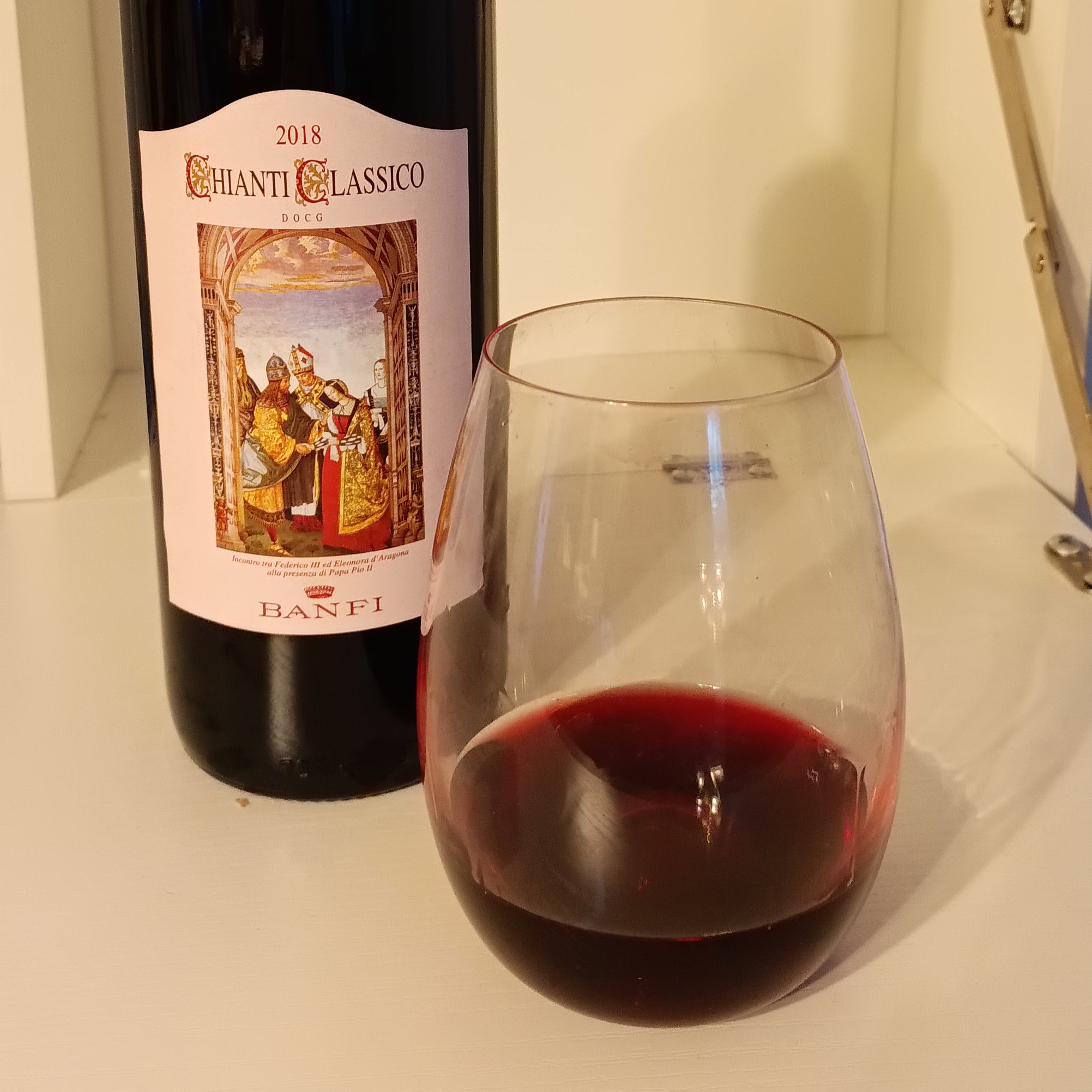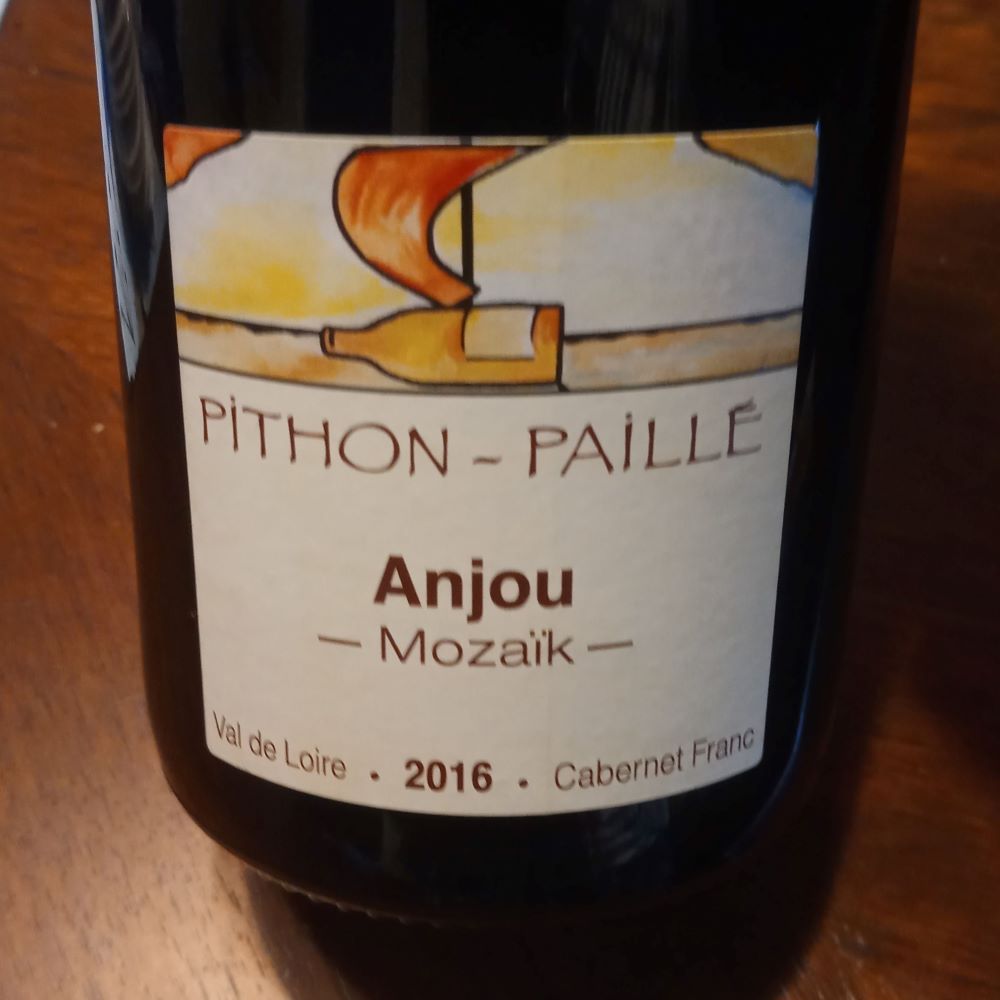Episode Transcript
Speaker 0 00:00:01 Welcome enthusiasts to another episode of line and the bottle where we take a wine out of the cellar and discuss the people, places, factors in history that led to the creation of that particular wine. In that particular bottle. Today, we were talking about chalk hill winery from Sonoma, California. Chalk hill is an appellation in the Northern part of Sonoma county. It is thusly named for the white soil thought to be chalk, but it was actually volcanic tough for a form of Ash, similar properties to chalk in that it has good drainage and is pale in color. So it reflects the light back up onto the vines promoting vine growth and very ripening, even in the cooler climates.
Speaker 0 00:00:59 In 1972, Fred Firth, a lawyer from Illinois was flying his plane low over the Sonoma coast and saw what he described as a natural amphitheater in the landscape later, he toured the grounds and discovered that it happened to be the perfect place for a viticulture he'd purchased the land and turned it into chalk hill winery in 2010, the current owner bill Foley of fully family wines bought the property and begun producing premium Burgundian style wines to this day. Bill and his daughter, Courtney, who has degrees in history and theology and viticulture have produced wines together along with our wine maker team of Michael Volek and Darryl Holbrook they're red grapes are typically destemmed before crush and soaked in a cold mass ration for a period of time to extract color and flavor without extracting too much tannin leading to a softer more approachable style of wine. They're white wines are more on the complex side, even their Souvignon Blanc and Pinot GRI.
Speaker 0 00:02:33 Almost all of their white wines will see a barrel at some point in their fermentation or maturation fermentation in barrel is common. Although with the more aromatic varieties they do sometimes choose stainless steel over Oak barrel, the Chardonnays, especially sea Oak as part of the maturation and fermentation process. And they undergo quite bit of regular back to knowledge, which is when the leaves or dead yeast cells are stirred during maturation to increase the surface area of the wine to yeast ratio and promote a round mouthfeel, more complex flavor profile. In the final wine. The Chardonnays typically undergo 100% malolactic fermentation, where bacteria is allowed to convert malic acid into lactic acid, reducing the acidity in the wine and promoting a rodder, rounder, mouthfeel, and flavors of things like cream or yogurt or butter. The wine we have in front of us today is a 2018 Chardonnay from the Sonoma coast.
Speaker 0 00:03:56 The regions represented in this bottle are chalk hill, of course, Russian river valley and Carneros the grapes from the Northern regions, chalk hill and Russian river valley are likely riper bringing more roundness and complexity while the grapes in the Carneros region being closer to the Pacific influence are likely higher in acidity and with brighter green fruit flavors like apple and pear, which makes for a nice balance in the final wine itself, 2018 was an ideal vintage leading to consistency in vine growth and very development. It had a long hang time and long growing season, which led to harvest starting in early September, going all the way through late October. This particular Chardonnay went through 100% malolactic fermentation and was matured in 25% new Oak from France, Hungary, and America. So let's go ahead and open up this wine here and see what we're looking at has a nice medium gold color.
Speaker 0 00:05:44 Now I've always found Chardonnays a little bit hard to describe because there's always so much going on in a California Chardonnay. And this particular is no exception on the nose. There's apple and pear, and a little bit of slate and minerality as well as some lemon blossom and just a hint of nuttiness or maybe clove on the palette. There's more of a Tangerine grapefruit flavor that hits you first and then cashew Walnut cloves cinnamon. And at the very finish you're left with a soft round buttery texture from the malolactic fermentation. This wine is subtly reminiscent of California Chardonnay. It is not over Oaked at all. It is very well balanced, and I would describe it as spiced orange pudding. You know, if you do like sliced up tangerines and oranges in oatmeal and then add baking spices, am I the only one who does that I might be, but that's what it reminds me of.
Speaker 0 00:07:26 I would enjoy this on its own or with cheese, some sort of soft three or triple cream, I guess I'm not really one for pairing Chardonnay necessarily with food, unless it's a Shibley style, you can put it with Shibley with just about anything, especially risotto, but this wine has so much going on for itself that I would just drink it standalone. Well, like I said, what's, Richie's well, enthusiasts, this wraps up today's episode of wine and the bottle. Thank you so much for joining me for a glass and I sure hope you get to try some of chalk Hills excellent wines in the very near future. We'll see you next time.


